Just a year ago, I was lucky enough to witness The Great American Eclipse. It was undoubtedly one of the most breathtaking celestial phenomena I have ever seen.
It was a dry, smoke strewn day near the stunning Cascade Mountains in Oregon (nestled up in Cove Palisades State Park). It would be an ordinary day, if it were not for the sensational scurry of campers in the early hours of that Monday morning. No, they were not heading to work. They were heading to something quite else. Something quite incomparable.
As we, and fellow eclipse-spotters, trecked up to our viewing spots; conversation buzzed in anticipation for the looming intersection of space, place and time. Moreover, the rare intersection of the moon and the sun.
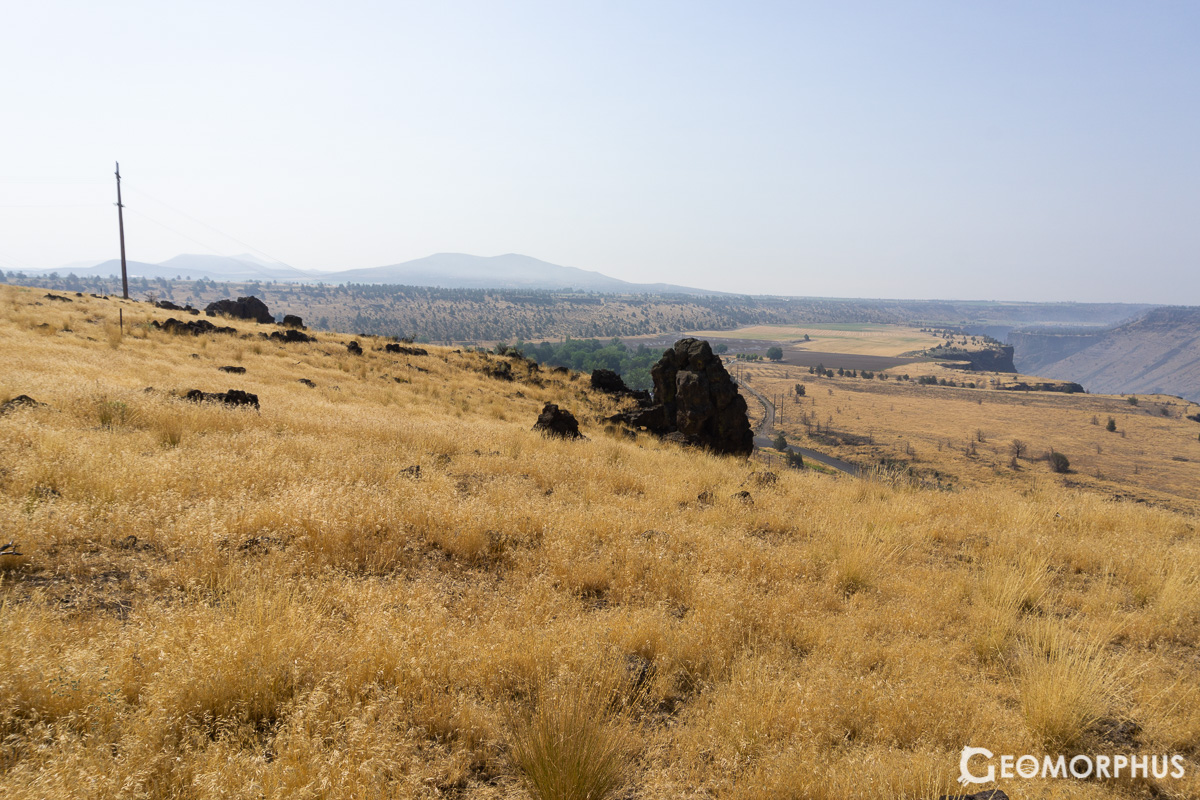
As the moon approached totality, the sun became crescent shaped - through solar eclipse glasses - while the landscape changed.
It wasn’t quite right. Colours were saturated, shadows darker and contrast sharper. Weird crescent shadows littered the ground. The ordinary world became unfamiliar, illuminated by an eerie light. Everyday becomes the extraordinary.
Expectation and excitement grew, as shimmering light and an eerie glow flowed in from the horizons.
The sun set. In every direction. A 360 sunset.
The moon slid over the sun, covered in a not-quite-black shadow.
It got quiet. An eerie quietness. Everything stopped.
There are few words to describe a moment like this. Sheer awe. Unlike any other experience: almost as if there was a glowing hole in the sky, a beautiful one at that, that is completely incomprehensible: breaking all perceived laws of nature.
It didn’t become night, nor day, nor even twilight. It was an eerie light, something that I’ve ever experienced before!
A sense arises that you are living in a more dynamic, larger universe than you ever imagined. A sense of being small and insignificant. The collusion of 2 massive celestial bodies reminds you of your place in the universe, even slightly unnerving at that. You have no control over the events as you watch the sky, yet every part of the experience they deliver.

Each eclipse-gazer reacted in a different way - all utterly speechless.
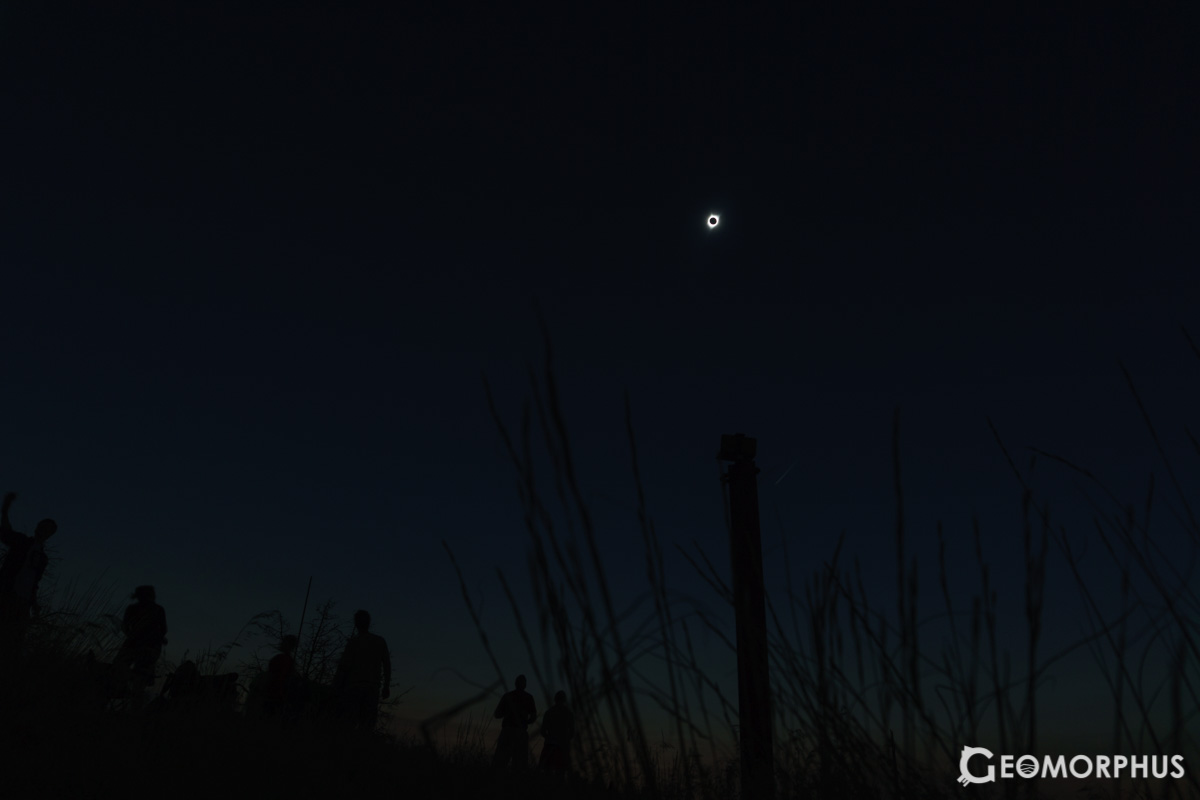
As the moon continued to slide towards the end of totality, tiny spokes of light fled through the valleys of the moon. It’s hard to describe again what it’s like to experience these. A breaking of the eerie light. A reunion with normality even.
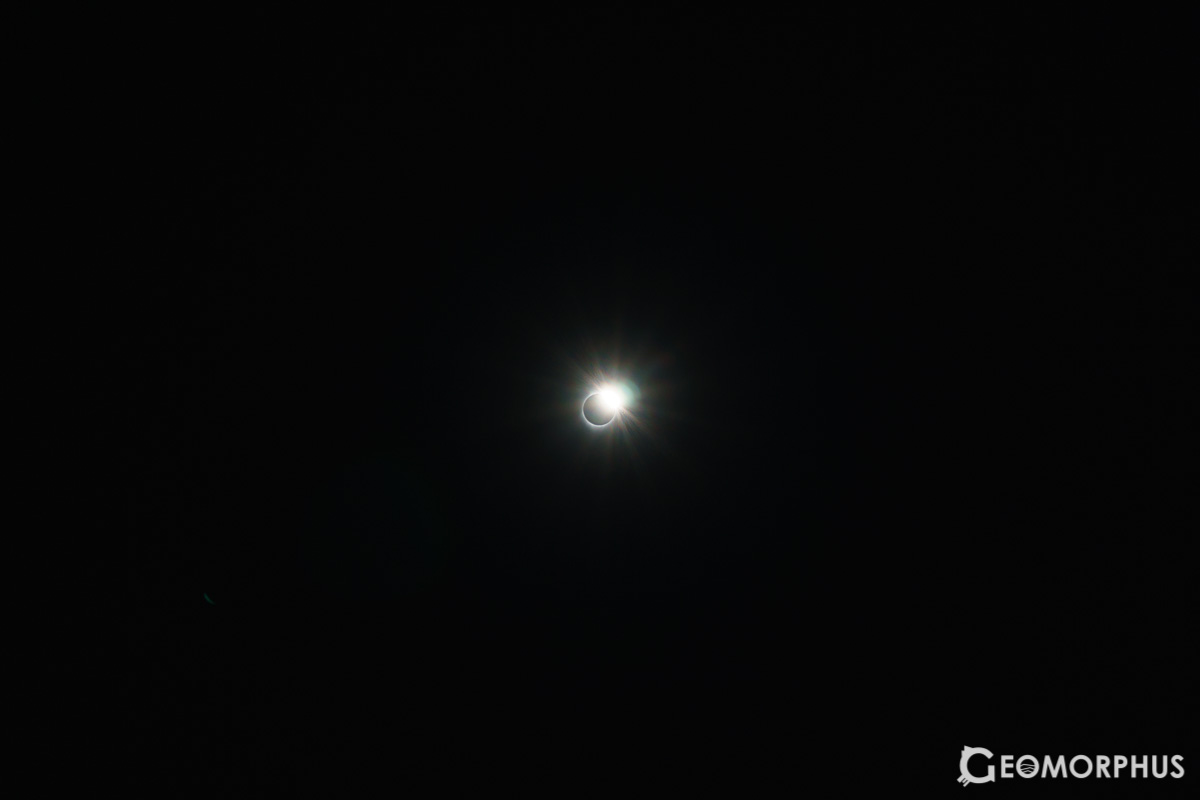
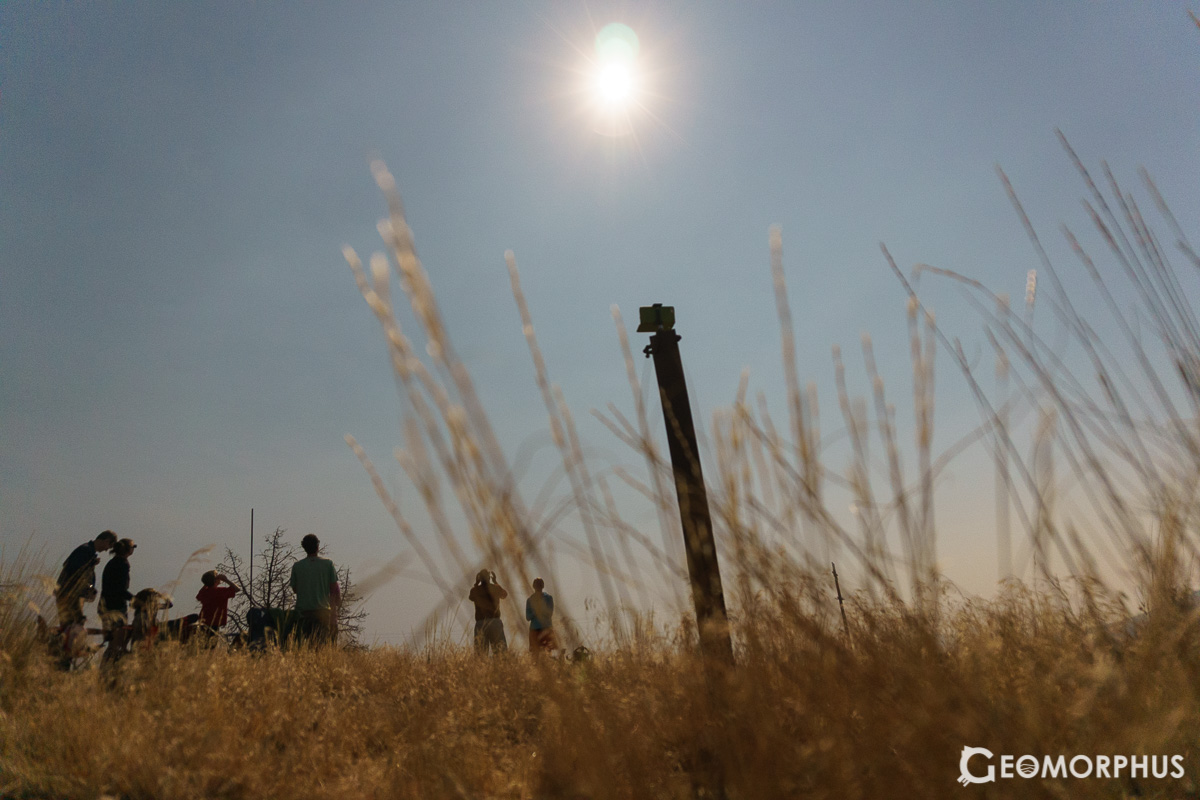
I felt both buzzing, and yet chocked up with emotion. The crossing of the moon and stars touches some deep, primitive emotions that few other experiences do.
A brief event, yet a permeating one. A totally awe-striking moment. It gave me a sense of connection, and place, in a dynamic, much larger, universe.
Although totality may be a brief moment, it feels like an eternity. The earth stands almost still. The laws of nature bend in the not quite right sky.
Eclipses leave you longing for more.
A truly unmatched experience.
What is a solar eclipse?
A solar eclipse is a rare event where a New Moon passes between the Sun and Earth - meaning that the Moon blocks the sun.
A total solar eclipse, as the one I saw, is when the Moon completely covers the entire sun’s disk (when observed). The corona can then be viewed.
Solar ellipses occur because at the point of eclipse, the Sun’s distance from the Earth is about 400 times the Moon’s distance; whilst the Sun’s diameter is about 400 times the Moon’s diameter.
The unique alignment of the moon between the Sun and the Earth allows solar eclipses to occur.
So, how do you catch them?
Well, thankfully it’s as simple as being in the right place, at the right time, with the right conditions. Places with predominantly fine, clear weather at the time of the eclipse are ideal.
1. Choose your eclipse.
When choosing an eclipse to observe, it’s best to look at those passing over accessible areas with long totalities.
One upcoming eclipse to note is the accessible Mexican, American and Canadian Eclipse on 8th April 2024, passing over Mexico, USA (Texas to Maine) and Canada (American border of Ontario and Québec, New Brunswick and Newfoundland).
Useful websites for finding the next eclipse include timeanddate.com and wikipedia.org.
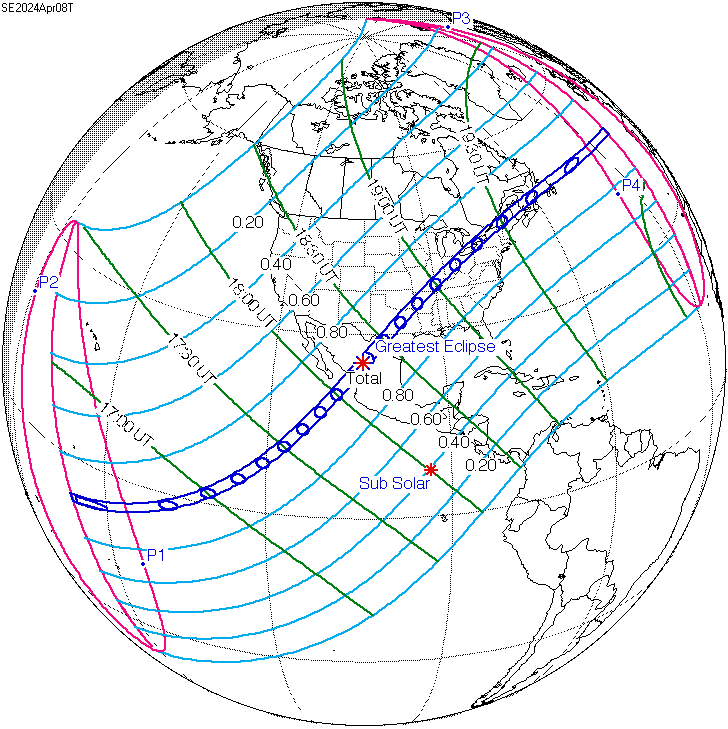
Eclipse Predictions by Fred Espenak, NASA’s GSFC
2. Catch a total solar eclipse!
The difference between a 99% eclipse just before totality, and totality itself is enormous! A completely different experience. Totality is unbeatable, so try to make it if you can!
3. Plan ahead!
Hotels, campsites and flights will fill up fast in the preceding months and even years towards the eclipse - so plan ahead to be prepared for when booking opens.
4. Have a backup plan
If the booking doesn’t go to plan, or if the weather takes a turn - make sure you have some alternative viewing spots planned as a ‘just in case scenario’. It’ll be worth it in the long run if something does happen to slip (hopefully it’ll all run butter smooth!)
5. Enjoy every moment of it!
Let the experience be the main course - and trust me, even without recording it, that sense of awe will stay with you for a very long time.
(NB Night Sky Pix have a helpful mega-guide on photographing eclipses if you want to have a go, especially if it’s your second one!)
Caution : Looking directly at the sun at any other time than totality can lead to permanent eye damage. Please ensure you use certified eye protection or an alternative viewing technique whilst the eclipse is in the partial phase.